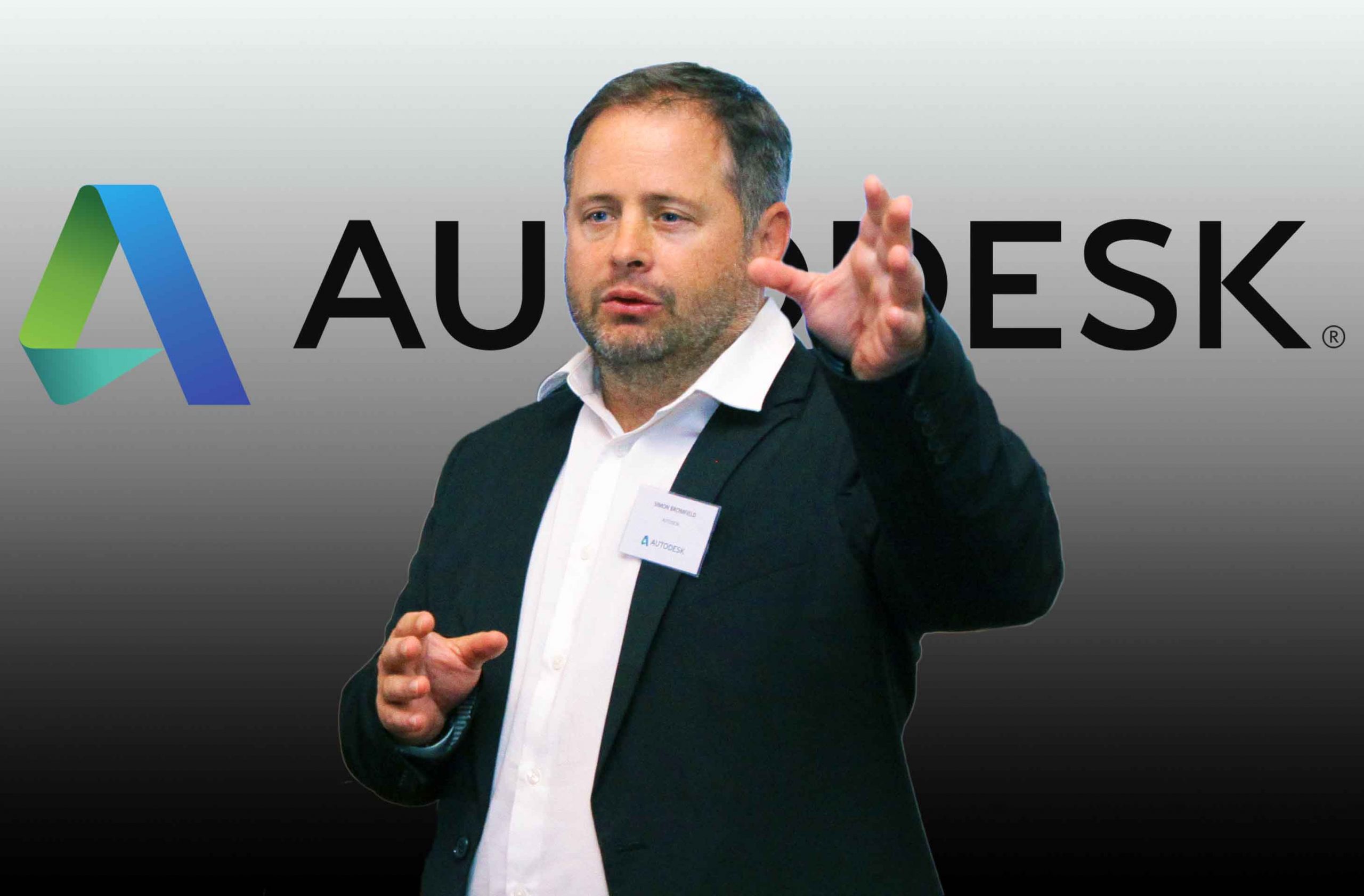advertisement
How AR/ VR is influencing real estate development in Kenya
The rapid evolution of technology is disrupting almost every industry providing significant benefits in terms of cost, time, design, development,…

The rapid evolution of technology is disrupting almost every industry providing significant benefits in terms of cost, time, design, development, creativity and more. In the world of architecture, engineering, or construction, Building Information Modelling (BIM) combined with Virtual Reality (VR), Augmented Reality (AR) or Mixed Reality (MR) are starting to make waves in the industry. More than just “cool”, these technologies are just a prelude to the forthcoming experiential decision-making revolution that will redefine the construction and real estate industries. Imagine, if you – as a builder or a future resident – could virtually walk through buildings before they are built… Welcome to the rise of ‘immersive experience’ in the construction industry!
The number of projects in the construction and real-estate development industry is rapidly rising. Yet despite the rise in competition amongst developers, it is increasingly becoming hard to sell or lease all the exceptional residential and office suites coming up every month. A telling example is the rise of Malls in Kenya without a corresponding surge in tenancy within the same structures.
Traditionally, property buyers would make decisions on two factors:
Price and Location (projected return on investment). Now, however, by integrating immersive technologies like, developers can offer end-users the ability to experience the property before they make a purchase. With the rise of visualization technologies, architects and engineers have the ability to create realistic virtual places and worlds for people to experience. Whether it is textures, shadows, lighting or more, developers can now use their 3d building plans to create realistic mock-ups of any environment or in this case, property to give end-users a realistic look at their potential investment.
advertisement
Developers will also have the ability to offer virtual experiences to their potential clients and empower them to customize their own properties for them to get the home or office that they want. For example, traditionally developers build a unit with their set specifications. Once the property buyer takes possession, they renovate based on their preferences resulting in money and materials being wasted from both the developer as well as the property owner. Historically it was very difficult to create these virtual environments, with the advent of Cloud computing users are able to quickly and effectively build lifelike environments for end users to immerse themselves. By using Virtual and Augmented reality, developers will be able to differentiate their product offerings and attracted potential investors quicker than someone with a brochure.
By giving the end-users the ability to experience their own property in the future, make the necessary design and architecture changes before hand, developers and contractors will be able to budget accordingly to potentially reduce almost all material wastage at construction sites resulting in exceptional savings.
Building with tech in Kenya
But the combination of full immersion, spatial awareness, and depth of interactivity enables a far more creative, efficient, and connected process for making things that goes beyond end-users’ visualization. It also offers a fundamental shift in the way people build – from conceptual design to production, operations and maintenance – into the entire construction process. In Kenya, these innovations are a welcome addition to the construction industry, where high costs, wastage of materials and lengthy construction timelines, are among key challenges faced.
advertisement
Now imagine a place where one no longer needs construction plans to create or understand a design- where the owners and builders could perceive and interact with both digital and physical complex design systems at the same time. These immersive technologies are the ones which could help the owners to let them see through walls.
During the design process, VR could give the designer the ability to understand better the outcome of the design before anything is built. The city of Nairobi has many residential and commercial construction projects going on at any given time. These include The Pinnacle, which is set to be the tallest building in Africa. Having an entirely digital, 100-percent computable process enables any number of quick and easy changes to the model based on real-life variables.
On the construction site, AR devices such as a tablet or a smartphone, contractors and engineers can see the digital model overlaid onto the physical site, walk around and identify issues in the built environment, and add comments, and localized automatically to the digital model.
advertisement
During the maintenance process, with VR, you can remotely monitor dangerous or inconveniently located systems from a safe environment. It provides the ability to control and analyse without having to be in the same physical space.
Technology is at a point where it has the potential to redefine the decision-making process by creating unique opportunities for owners and end-users to conceptualize, visualize and experience their development or property. Virtual-reality trends—from revolutionizing designer-client communication to improving construction-site performance—combine complex data and increasingly accurate (and vivid) visualizations in ways that will ultimately transform industries.
A great piece that sheds much needed light on merging technology and its impact on business as there are many new details you posted here. Sometimes it is not so easy to build AR VR Real Estate Solutions custom knowledge; here you need proper development skills and experience. However, the details you mention here would be very much helpful for the beginner. Here is yet another top-notch solution provider “X-Byte Enterprise Solutions” who render feasible and credible solutions to global clients.
Know more here: AR VR Solutions for Real Estate